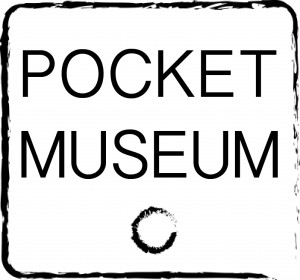‘Five Minds for the Future’ by Howard Garder
When you look into the future what do you think about? How do you see yourself? How has the world changed – for better or for worse? Personally, I know that I wouldn’t have thought about the types of mindsets that are needed for the eras to come, and this is where Garder is introduced. He delves into the world of unpacking the five mindsets that you will need and should develop if you want to thrive into the future.
- A disciplined mind: A mode of cognition that characterises a specific scholarly discipline, craft or profession. This mindset knows how to work steadily over time to improve one’s skill set and understandings. This is all about training to perfect a skill.
- Synthesising mind: Takes information from disparate sources and goes on to further understand and evaluate that information objectively. This mindset will become more and more crucial as the amount of information we come into contact with rises substantially.
- Creating mind: Puts forward new ideas, asks unfamiliar questions, conjures up new ways of thinking, which brings them to unexpected answers.
- Respectful mind: Welcomes differences between human individuals and between human groups.
- Ethical mind: Ponders the nature of one’s work, and the needs and desires of the society in which we live (These last two mindsets deals with our relations to other human beings).
The reading goes onto explore these mindsets in education, suggesting how imperative it is to have the correct foundations, for people to build on these mindsets and become the minds of the future – ready for what is to come.
Gardner states, “We should be concerned with how to nurture these minds in the younger generation, those who are being educated currently to become the leaders of tomorrow”. This quote links me to the Media 6 report topic that my group chose: Developing the future of augmented reality through education. Our report constantly unpacked new teaching methods and learning outcomes, and this reading made me think about how these mindsets could potentially be taught through this technology and have a greater impact. My report focused on children learning their materials through Augmented reality, and this having profound effects on not only the child, but also the teachers and parents. This is acting as a domino effect. What if these mindsets could be developing throughout their learning environments, preparing them for the future through augmented reality. This reading suggests that the building blocks to these five mindsets need to be taught in educational institutions for a successful future for individuals, and the report shows how young children grasping their learning materials through augmented reality at a young age are showing higher engagement levels, and more positive outcomes for their future in learning. Are these mindsets easily taught in regular school environments? Maybe because this idea is differentiated from the rest, working the mind with the technologies of the future, will only positively impact the minds needed to thrive in this new digital age upon us.
